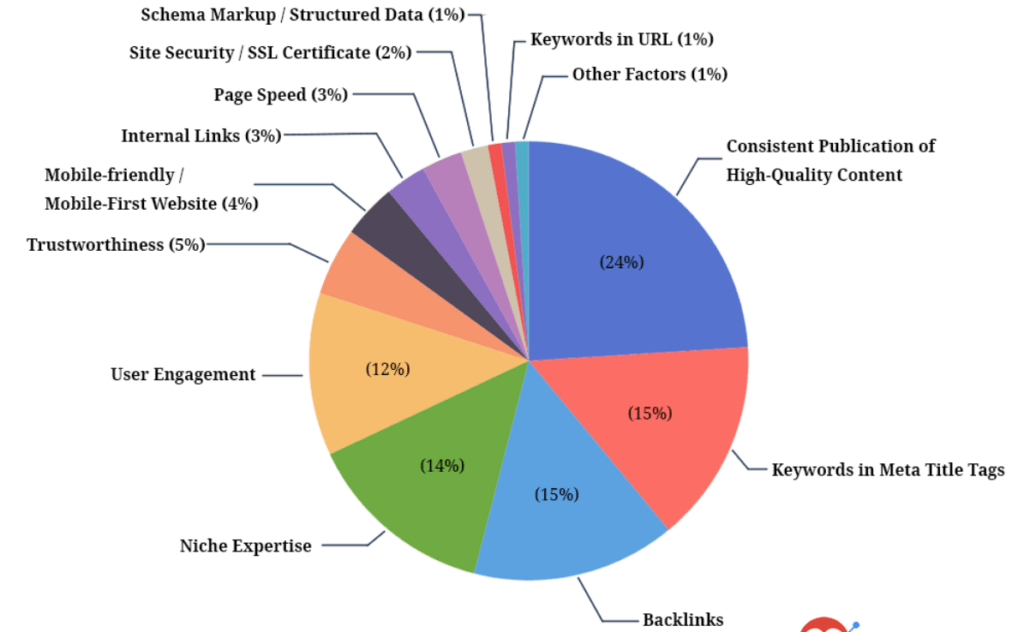 SEO STRATEGY
SEO STRATEGY
SEO, or search engine optimization, is the process of improving the visibility of a website or web page in search engine results pages (SERPs). This can be done through a variety of techniques, including keyword research, content creation, on-page optimization, and off-page optimization.
There are two main types of SEO: organic and paid. Organic SEO refers to the process of improving a website’s ranking in search results without paying for ads. Paid SEO, on the other hand, refers to the process of buying ads that appear at the top of search results pages.
In this blog post, we will focus on organic SEO. We will discuss the different types of SEO that fall under this category and how you can use them to rank your website with organic traffic.
Types of Organic SEO
There are four main types of organic SEO:
- Keyword research: This is the process of identifying the keywords that people are using to search for your products or services. Once you know which keywords are relevant to your business, you can use them in your website’s content, title tags, and meta descriptions.
- Content creation: This is the process of creating high-quality content that is relevant to your target audience. Your content should be informative, engaging, and well-written. It should also be optimized for the keywords that you are targeting.
- On-page optimization: This is the process of optimizing your website’s code and structure so that it is easy for search engines to crawl and index. This includes things like using clear and concise titles, using relevant keywords throughout your content, and creating a sitemap.
- Off-page optimization: This is the process of building links to your website from other high-quality websites. Links are a signal to search engines that your website is important and authoritative. There are a number of ways to build links, including guest blogging, social media marketing, and outreach.
How to Rank Your Website with Organic Traffic
Now that you know the different types of organic SEO, let’s discuss how you can use them to rank your website with organic traffic.
The first step is to do your keyword research. This will help you identify the keywords that people are using to search for your products or services. Once you know which keywords are relevant to your business, you can start creating content that is optimized for those keywords.
Your content should be informative, engaging, and well-written. It should also be optimized for the keywords that you are targeting. This means using the keywords throughout your content in a natural way. You should also use relevant keywords in your title tags and meta descriptions.
In addition to creating high-quality content, you also need to optimize your website’s on-page SEO. This includes things like using clear and concise titles, using relevant keywords throughout your content, and creating a sitemap.
Finally, you need to build links to your website from other high-quality websites. Links are a signal to search engines that your website is important and authoritative. There are a number of ways to build links, including guest blogging, social media marketing, and outreach.
Conclusion
SEO is a complex and ever-changing field. However, by following the tips in this blog post, you can improve your website’s visibility in search results and start ranking for organic traffic.
Here are some additional tips for improving your website’s SEO:
- Use a consistent keyword strategy throughout your website.
- Make sure your website is mobile-friendly.
- Keep your website up-to-date with fresh content.
- Monitor your SEO performance and make adjustments as needed.
By following these tips, you can improve your website’s SEO and start ranking for organic traffic.
